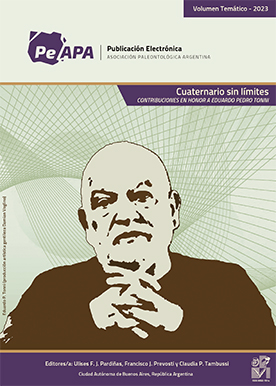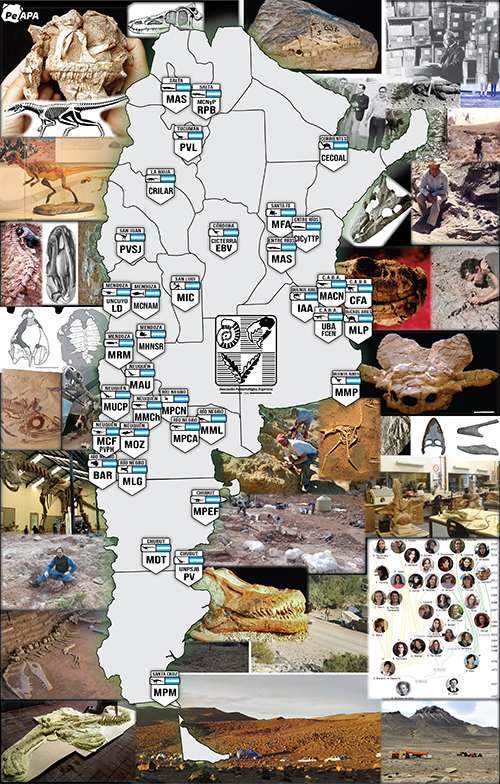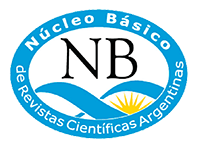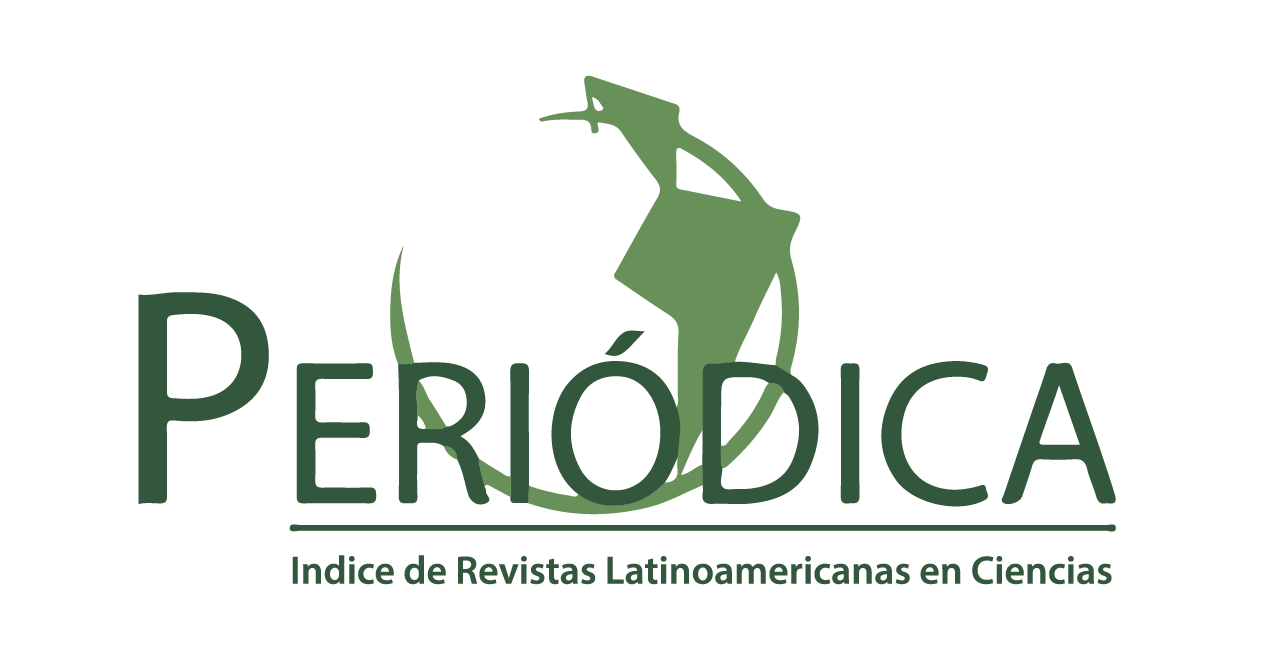CAMBIOS DE LA VEGETACIÓN Y DEL CLIMA DURANTE LOS ÚLTIMOS 5000 AÑOS EN EL ÁREA DEL LAGO ARGENTINO, SANTA CRUZ
Resumen
Fossil pollen evidence from the archaeological sequence Chorrillo Malo 2 is used to infer vegetational and climatic changes which occurred during the past 5000 yr in the steppe environments of the Parque Nacional Los Glaciares (50º 30' S; 72° 40' O). The vegetational and paleoclimatic history is based on the comparison with modern pollen analogs documents across the region. Detrented correspondence analysis (DECORANA) from Chorrillo Malo 2 and two additional palynological records in the region is also used to establish past changes in the steppe environments a grass steppe dominated the sequence between 5000 and 4500 yr BP. In El Sosiego 4 (north of the lago Argentino), Chorrillo Malo 2 and Charles Fuhr 2 (east of the lago) sequences, a shrub steppe of Asteraceae tubuliflorae prevailed between ca. 4500 and 1900 yr Br. An expansion of the grass steppe is registered from 1900 and 200 yr BP. During the last 200 years a shrub steppe is developed in areas located east and north of the lago Argentino. Dominance of grass versus shrub steppe is related with changes in hydric availability.
KEY WORDS. Patagonia. Holocene. Pollen. Vegetation history. Archaeological sequences.
Descargas
Publicado
Número
Sección
Licencia

Los/las autores/as conservan los derechos de autor/a y garantizan a la revista el derecho de ser la primera publicación del trabajo licenciado bajo una licencia CC Attribution-NonCommercial 4.0 que permite a otros/as compartir el trabajo con el reconocimiento de la autoría y de la publicación inicial en esta revista.




















